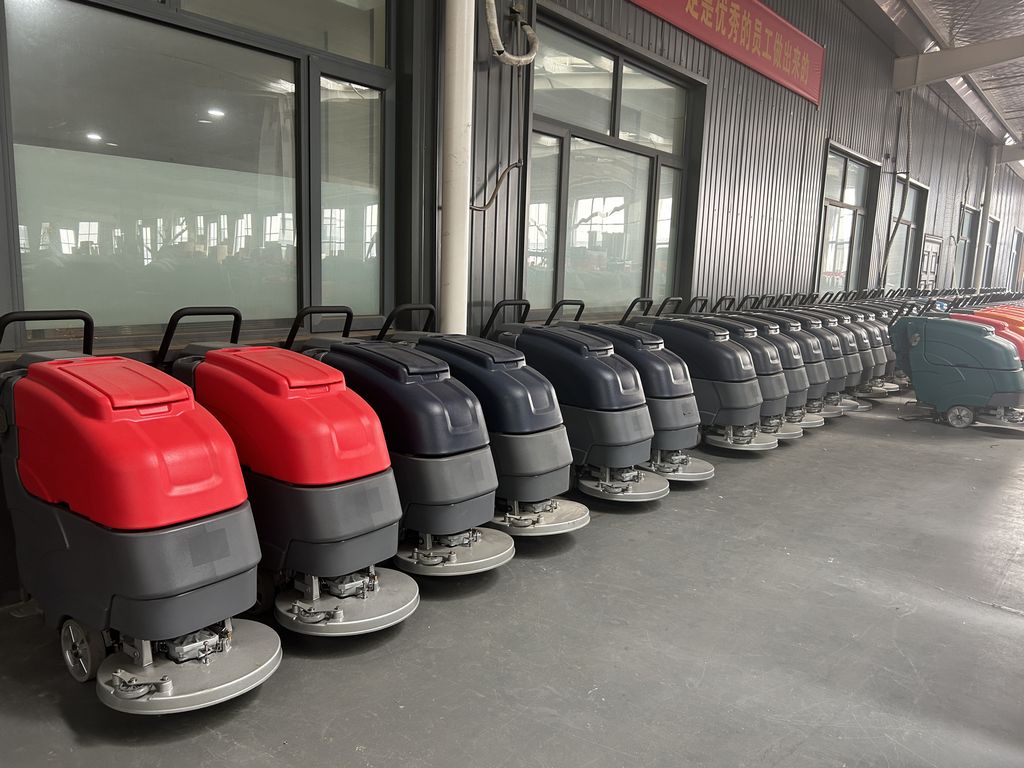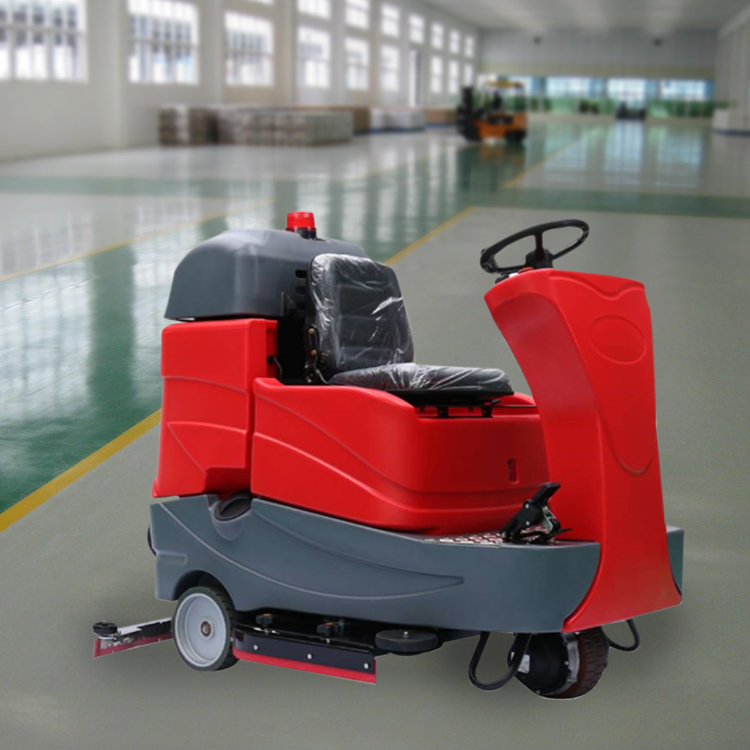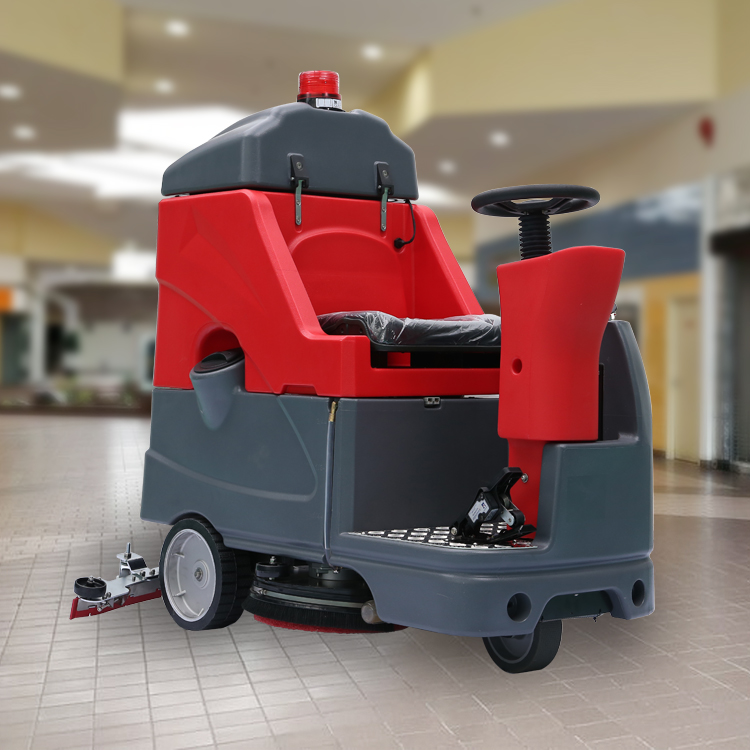
Let me tell you about my chaotic week – I spent three hours untangling Christmas lights from last year only to realize my floor scrubber died mid-cleaning. Turns out, the charger had been acting up for months. Classic “I’ll deal with it later” situation, right? If you’re reading this, maybe you’ve also ignored that weird buzzing noise or slow charging times. Let’s talk about floor scrubber chargers before your cleaning routine turns into a disaster movie.
First things first: A floor scrubber charger isn’t just a boring accessory. It’s the secret sauce keeping your machine alive. When mine started taking 12 hours to charge (seriously, my phone charges faster!), I knew something was wrong. One dead giveaway? If your scrubber randomly stops even after “full” charges, your charger might be lying about battery levels. My warehouse manager friend calls this “phantom charging” – when the charger *thinks* it’s working but isn’t.
Here’s a pro tip I learned the hard way: Always check the charging port for heat. If your charger feels hotter than a sidewalk in July, it’s straining to work. Overheating can melt internal components or even cause sparks. Last month, our janitorial team found scorch marks on their charger’s cable – turns out the voltage regulator was fried.
Now, about compatibility. Not all chargers play nice with every floor scrubber model. I once tried using a generic charger to save $50. Big mistake. The battery life plummeted faster than my motivation on Monday mornings. Manufacturers design specific chargers to match voltage requirements – using mismatched ones is like feeding espresso to a toddler.
Oh, and let’s address the elephant in the room: Replacement costs. Yes, buying an OEM floor scrubber charger feels pricey upfront. But consider this – a faulty charger can kill a $300 battery in weeks. I calculated that delaying replacement cost my business $1,200 in lost productivity and part replacements last quarter.
Fun story: My colleague Mark kept complaining about his “unreliable” scrubber. Turns out his charger’s indicator lights were malfunctioning – it showed green when the battery was actually at 20%. We joked that his charger had commitment issues. The fix? A new charger with proper voltage metering.

If you’re shopping for replacements, look for smart chargers with auto-shutoff features. These prevent overcharging, which apparently shortens battery lifespan by up to 40% according to a 2023 equipment study. Bonus points for waterproof designs if you’re using it in messy environments.

Random thought: Why do charger cables always tangle worse than earphones? Anyway, test your current charger with a multimeter if you’re tech-savvy. Proper output voltage should match your scrubber’s manual specs (usually between 24V-36V). If readings swing wildly like my gym attendance consistency, replace that charger ASAP.
Last tip – clean the charger’s contacts monthly with rubbing alcohol. Dust buildup causes poor connections, making your scrubber charge slower than a sloth marathon. When mine started acting up, this simple fix bought me two extra months before full replacement.
Don’t be like past me ignoring charger issues. A reliable floor scrubber charger keeps operations smooth, whether you’re maintaining a hospital floor or your garage workspace. Now if you’ll excuse me, I need to go apologize to my cleaning crew for last week’s battery fiasco…

